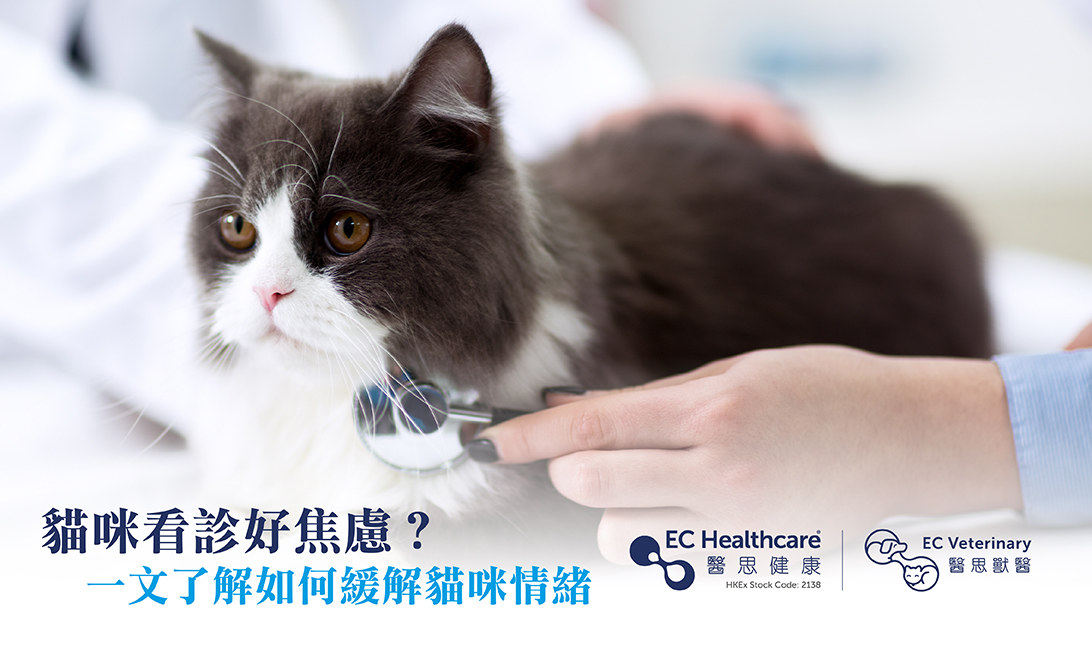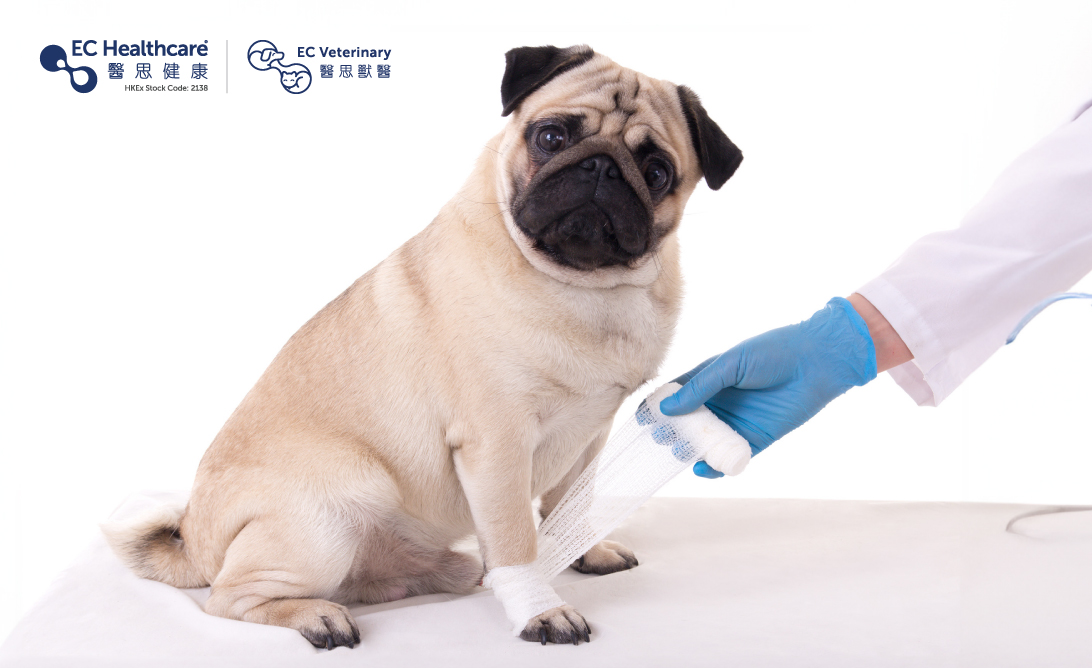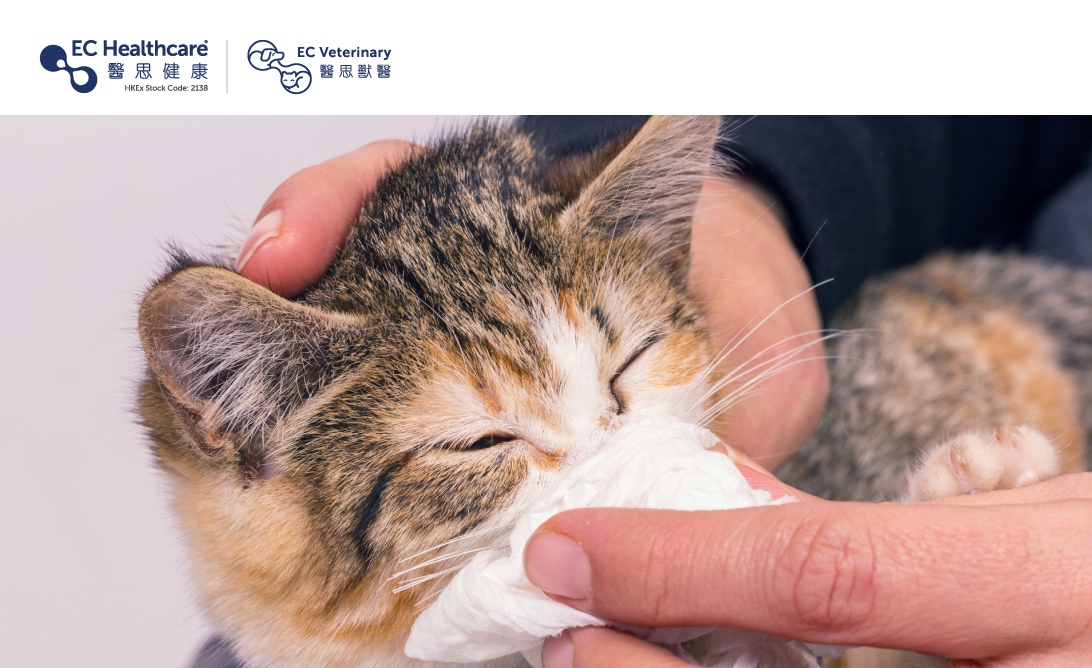Is Your Cat Anxious When Visiting the Vet? Find Out How to Manage Your Cat’s Stress Level


Do you have a cat who is terrified of going to the veterinarian? It struggles to let you put it in the carrier as if it knows your plan. It just refuses to leave the house and plays the cat-and-mouse game with you. Over time, these struggles may reduce the owner’s intention of taking the cat to the vet. It also prevents the sick cat from being treated promptly, hence delaying the golden opportunity for treatment.
There are some preparations that owners can make to help their cat accustomed to visiting the vet, such as getting used to entering the carrier or being examined. Here are three steps you can do to make your cat less stressful when going out.
1. Identify your cat's emotions
It is important to understand how your cat reacts when scared or nervous. The early sign of behaviours can help owners to understand the emotions of the cats, or under what circumstances the cats may be startled.
2. Get your cat used to being examined
The owner can imitate the actions of the vet with your cat at home, such as checking their ears, paws, claws, teeth, etc. We recommend rewarding your cat with snacks or cat grass. You may also simulate the action of giving medication by stuffing a snack deep into their mouth.
3. Get your cat used to the carrier
You may leave the carrier in the corner of your home and let your cat access it freely. It is recommended to create a linkage between “entering the carrier” and “good memories”. Owners can put treats or canned food in the carrier or bring their cat in the carrier to a nearby park to watch the birds.
Owners can even rehearse the visit so that their cat can get used to being around strangers and other cats. Reward your cat with a snack when it interacts well and behaves well to reinforce its impression of the visit. A large towel or coat can also be used to cover the cage during the move to avoid startling the cat. You can also place mats, toys, and clothing with familiar smells in the carrier to help them feel secure.
These exercises should be done gradually and not in a hurry. They can be broken down into several steps and carried out on several days, ensuring that your cat is comfortable with the exercise a few times before moving on to the next one.
In addition, owners can be well-prepared for the day of the visit to reduce the time that may unsettle their cats.
1. Make early appointments
Choose a veterinary clinic with an appointment system to reduce the waiting time and allow the vet to treat your pet properly with sufficient time.
2. Reduce agitation
Inform your vet in advance about your cat's personality and the vet will try to slow things down or prepare a snack or toy to make your cat less nervous.
Most importantly, the owners should remain calm and should not appear nervous or agitated. As animals can sense our emotions, hence, the more nervous you are, the more stressful your cat will be.
If the above measures are not effective in relieving your cat's anxiety about visiting the doctor, but immediate examination and treatment are required, then sedative medication will be considered.
Sedative medication reduces the animal's response to external stimuli and relieves agitation. The main purpose is to make the cat feel more relaxed and to keep owners and staff from being harmed. "Sedation' is different from “anaesthesia”. The pet loses all consciousness and awareness when it is under anaesthesia, but not when it is under sedation. Of course, there are risks and side effects associated with the use of sedative drugs. The veterinarians will choose the most appropriate type of sedative medication depending on the situation, striking a balance between effectiveness and side effects.
Related Brands










